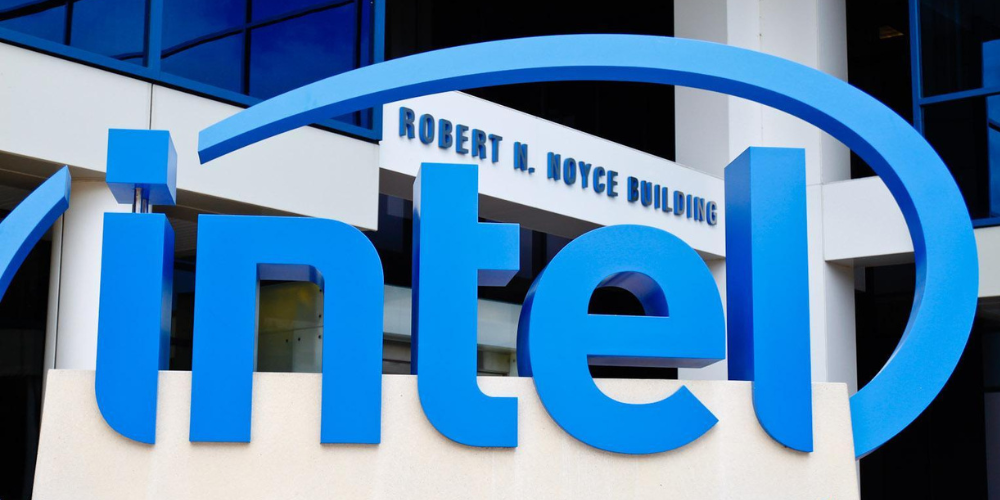Intel x86S: A Bold Proposal to Ditch Legacy 16-Bit & 32-Bit Support for a Pure 64-Bit CPU Architecture
- May 23, 2023
- 1039

Intel recently released a whitepaper detailing a new proposal to replace its current CPU architectures with a simplified 64-bit only microarchitecture called x86S. This idea aims to remove legacy 16-bit and 32-bit support, resulting in more optimized processors for improved performance and efficiency.
Intel's processor range traces its roots back to the 16-bit 8086 processor from 1978. With virtualization technologies now advanced enough to emulate legacy systems, Intel believes it's time to move on from old software and operating system support. Today's 64-bit CPUs still include processes to "trampoline" into 64-bit operations, adding unnecessary complexity and underused features to modern chips.
Although Windows has gradually moved away from 32-bit, it was only fully implemented in the Windows 11 era. Swapping entirely to 64-bit CPUs means that many legacy 16- and 32-bit systems would need to be upgraded or tested to see if they can be emulated. However, from a gaming standpoint, 64-bit-only CPUs are advantageous as they provide better performance and efficiency, eliminating outdated features that few users utilize.
Switching to x86S would open up more die space for modern components, leading to improved power efficiency, faster boot times, and potentially reduced security vulnerabilities. However, it's important to note that x86S CPUs are not imminent since the current whitepaper serves as a preliminary introduction for industry insiders and software developers. Moreover, AMD, the developer of x86-64, would need to collaborate with Intel to avoid disrupting the ecosystem.
In conclusion, Intel's x86S proposal has the potential to revolutionize CPU architecture by focusing on 64-bit operations and eliminating legacy support for 16-bit and 32-bit systems. The transition may be a long one, but the benefits – such as consistent performance gains without power-consuming frequency jump – make it a promising prospect. It's an exciting development to watch as the industry gradually moves towards a more optimized and efficient future.
